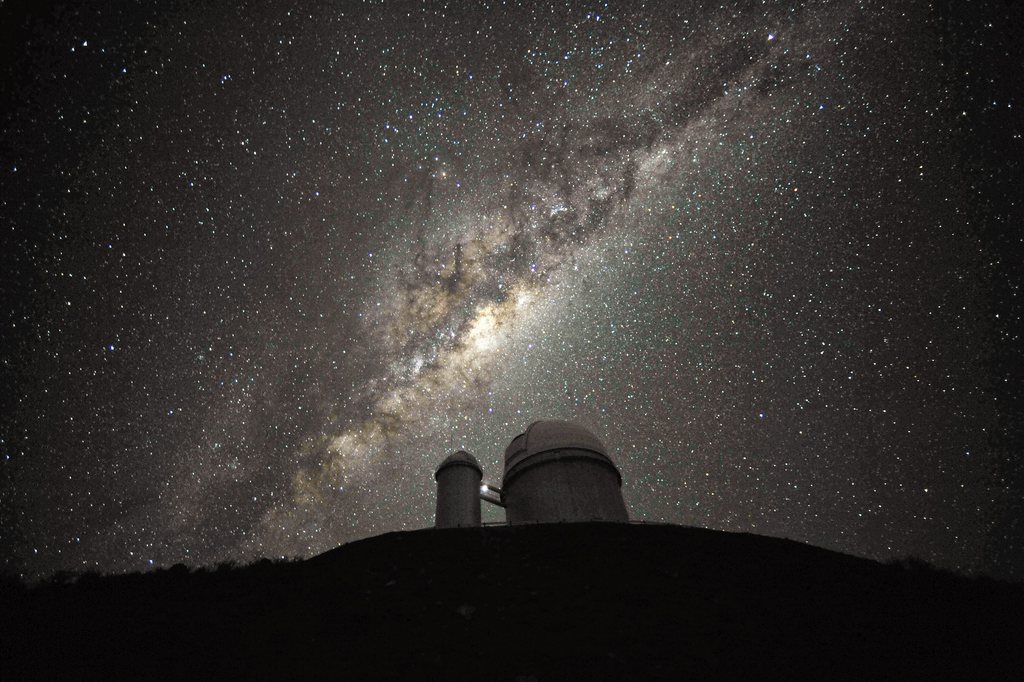Des scientifiques australiens ont identifié l'étoile la plus vieille jamais découverte, relate la revue scientifique "Nature" dans sa dernière édition. L'astre a 13,6 milliards d'années, soit la période de l'origine de l'univers lui-même.
Selon les calculs des scientifiques, l'étoile ne s'est formée qu'environ 200 millions d'années après le Big Bang. Jusque-là, les astres les plus vieux que l'on connaisse étaient deux corps célestes âgés d'environ 13,2 milliards d'années.
L'étoile dont il est question est relativement proche de la Terre, a estimé Stefan Keller de l'Observatoire du mont Stromlo de Canberra, capitale de l'Australie. Elle se trouve dans notre galaxie, la Voie lactée, et à environ 6000 années-lumière de notre planète.
Cet astre nouvellement découvert porte le numéro J031300.36-670839.3.
